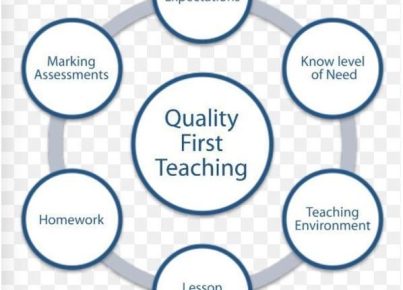Introduction
The “No Excuses” charter school movement has gained considerable attention in recent years for its strict and unyielding approach to promoting academic success. I spent several years working at one of these schools, and my experience revealed both the strengths and weaknesses inherent in this educational model. In this article, I will share what I have learned during that time and provide insights into the “No Excuses” philosophy.
The “No Excuses” Philosophy
“No Excuses” charter schools operate with the core belief that every student has the potential for academic success, regardless of their socio-economic background. These schools maintain rigorous standards for behavior and academic performance, with faculty holding themselves responsible for ensuring students meet or exceed those expectations. Emphasizing structure and discipline, “No Excuses” schools follow a strict code of conduct that tolerates no deviation from established rules.
Successes of the Model
There is no denying that the “No Excuses” approach has brought about considerable academic success for many students. Students from disadvantaged backgrounds who may have otherwise been written off as underachievers often thrive in this structured environment. Standardized test scores tend to rise, graduation rates increase, and college acceptance rates shoot up at these schools when established best practices are applied.
Furthermore, there are numerous stories of individual students who overcome incredible obstacles to excel academically thanks to the support and belief instilled in them by their “No Excuses” schools. The intense focus on academic achievement helps ensure that no student slips through the cracks or gets left behind.
Challenges Faced by “No Excuses” Schools
Despite numerous success stories, the “No Excuses” model is not without its flaws. For starters, the strict disciplinary approach taken by these schools can create an oppressive atmosphere akin to a prison. Rather than fostering a love of learning, it can breed resentment and foster hostility, potentially alienating students from their education. This format often puts an immense amount of pressure upon the teachers as they are held accountable for student success, leading to stress and burnout.
Another issue with the “No Excuses” model is its one-size-fits-all approach. In order to enforce the strict standards that define these schools, little room is left for individual differences or special needs. Students who may require a more tailored educational plan may find themselves struggling in or even pushed out of the “No Excuses” system.
Final Thoughts
My time at a “No Excuses” charter school was a profound learning experience that provided me with valuable insights into both the potential and pitfalls of this educational model. The key takeaway from my experience is that rigid models like this can sometimes produce incredible results for some students but may not be universally applicable. Education is inherently complex and multifaceted, and perhaps the best way forward involves integrating successful elements from various models into a flexible and responsive educational system that advantages every child.





